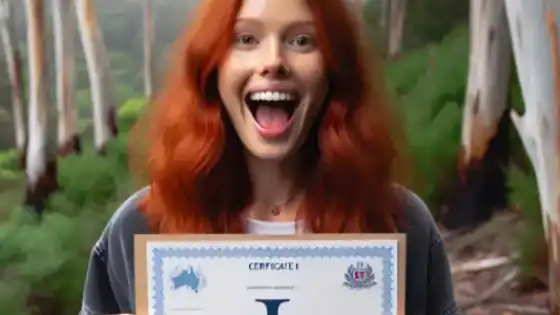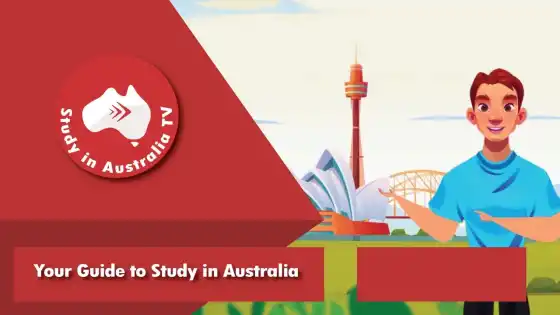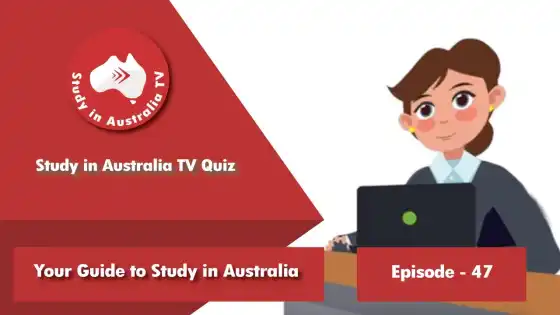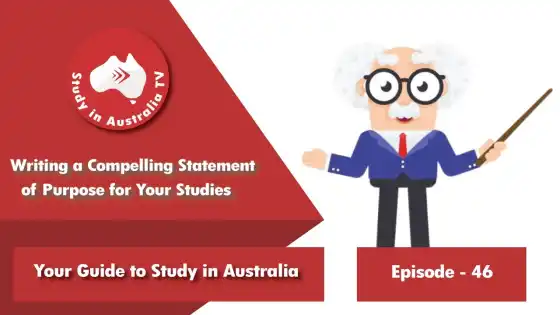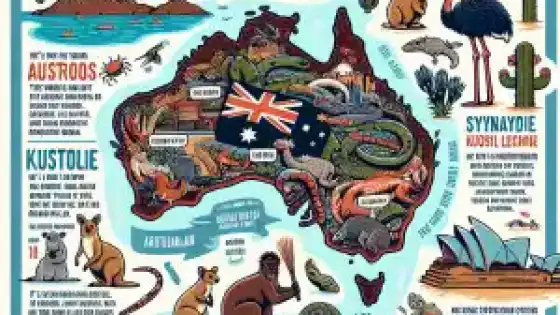Ep 9: Australian Wildlife Ocean Life
#studyinaustralia studyinaustralia.tv
#studyinaustralia
Australian Wildlife Episode 3 Ocean Life
I’m sure a lot of you are keen to head to the beach while you’re in Australia. A nice relaxing trip with friends, cooling off in the water on a hot Aussie Summer’s day sounds pretty inviting. But before you go, let’s take a look at some of the fascinating animals that call Australian Waters home.
Leafy Sea Dragon
There are three known species of sea dragon, leafy, weedy and the recently discovered ruby. But today we are going to focus on the Leafy Sea Dragon.
Affectionately known as “Leafies”, many people don’t realise that they are actually a species of fish, closely related to seahorses and pipefish. Their long, delicate, leafy flaps of skin make them perfectly adapted for hiding in kelp and seaweed.
These leafy appendages are useless for movement, so they must rely on their dorsal fins, found on their backs, as well as pectoral fins, which are found behind their heads (which look a bit like ears).
They are exclusively found in the waters of south and east Australia.
They feed on plankton, small crustaceans and even other fish (but only juveniles small enough to eat) or their eggs.
The way they consume and digest food is very interesting. They have no teeth or stomach and must eat almost-constantly throughout the day. They suck in their food whole, through their snout.
They also have interesting breeding adaptations. Like seahorses, the male sea dragons are the ones who care for the eggs. But they don’t have a pouch, instead they have a spongy “brood patch” on the underside of their tails. The females deposit their eggs on this patch, the male fertilizes the eggs and the skin hardens around the eggs, securing them in place and providing them with a source of oxygen. Around 250-300 bright pink eggs will remain attached to their father for approximately 100 days until they hatch.
They have quite small territories, usually no larger than ten square metres. They stay within their territories because although their appearance is perfectly adapted for camouflage, in the open water they would stand out, particularly to humans who often seek to take them home as pets.
This is in fact, the biggest risk to their survival. In the early 90s, so many were taken as pets that their numbers became critically low, the Australian Government had to place a complete protection on them. Other threats include pollution and habitat loss.
more on studyinaustralia.tv
#studyinaustraliatv
#studyinaustralia



























